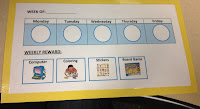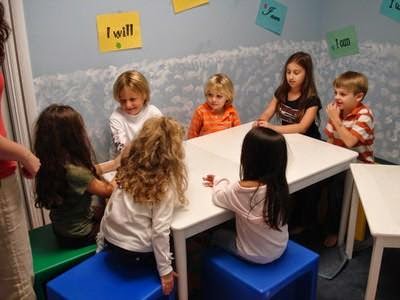Behavioral Interventions for Children with ASD [Level 1]

"We're trying not to use the same discipline methods with our autistic child (high functioning) that we use with the other two children, but we fall back into old habits and end up using traditional methods that usually backfire. Any suggestions?" Many kids and teenagers with Asperger’s (AS) and High Functioning Autism (HFA) are prone to behavior problems, and on occasion, aggression. Even though frequently motivated to be near to – and to socially interact with – peers and grown-ups, young people with HFA are deficient in age-appropriate, reciprocal social interaction skills (e.g., those required to participate in cooperative play and related activities). A propensity for socially unacceptable behavior and insensitivity to – or unawareness of – verbal and nonverbal social cues makes these “special needs” kids vulnerable to displaying a variety of behavior problems. Accordingly, parents and teachers must provide appropriate instruction and supports for HFA children





